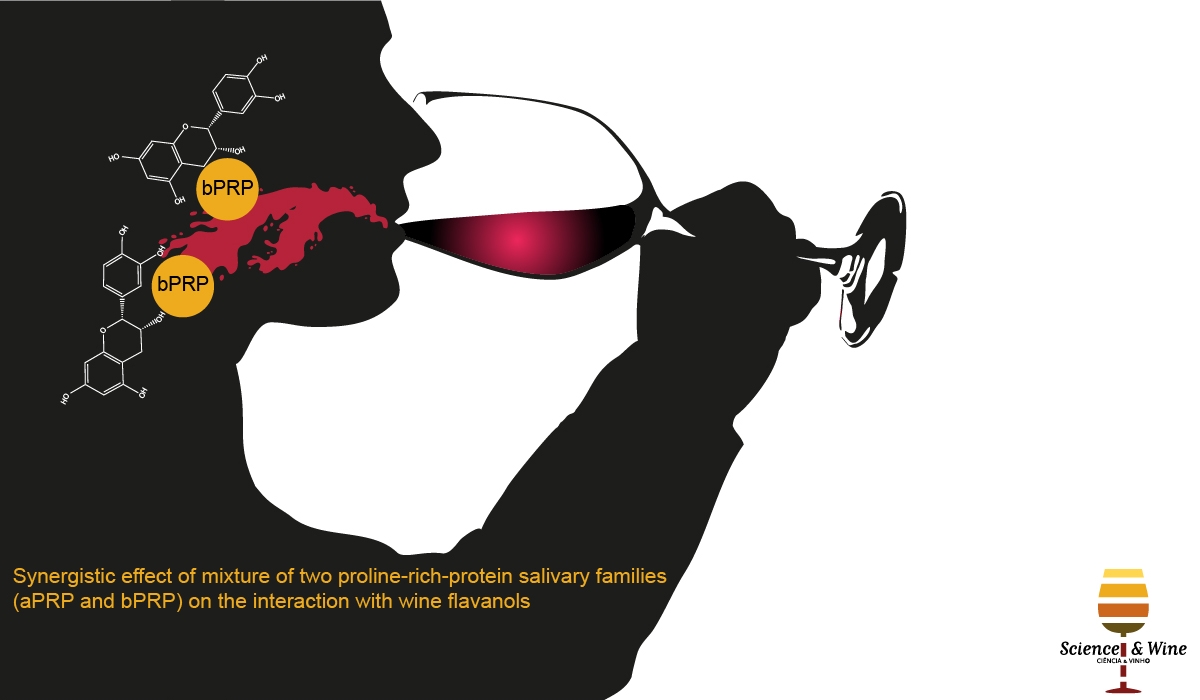This week post is about the interaction between salivary proteins and wine flavanols. In a recent study conducted by Alba María Ramos-Pineda and her group in Salamanca University, a synergic effect of the coexistence of two salivary-proline-rich proteins fractions (basic and acidic) on the interaction with flavanols were evaluated by HPLC-DAD, DLS and MALDI-TOF It was observed a clear improvement of the interaction between (epi)catechin and proline-rich proteins when both types of proteins are blended. (epi)Catechins seem to bind preferentially basic proline-rich proteins, although the medium size aggregates flavanol-basic proline-rich proteins formed could favour the interaction with acidic ones giving rise to soluble mixed aggregates.
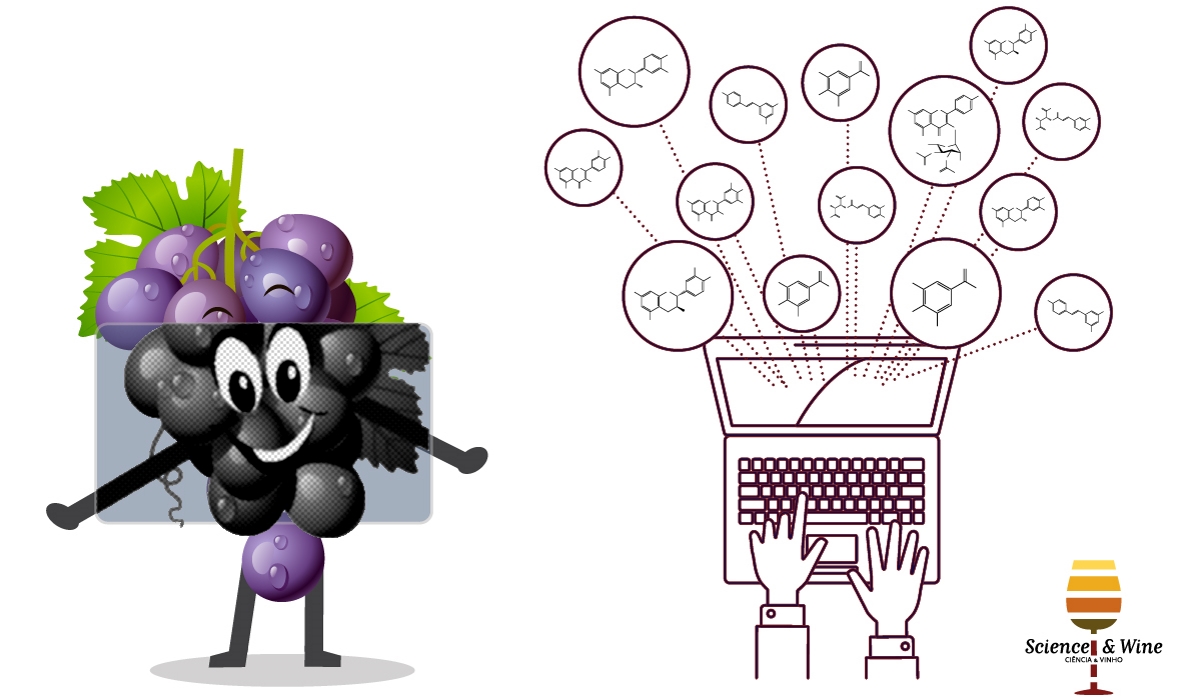
Inline to online: phenolics measurements made easy
NIR spectroscopy could be an interesting approach to monitor the phenolic composition of grape berries transported on a conveyor belt system online. A contactless FT-NIR instrument can be used for on-line spectral data collection from grapes transported on a conveyor belt system. Spectral data can also be collected on static samples using the same NIR instrument. Spectral measurements of crushed berries captured from the conveyor belt system and the use of the homogenate extraction protocol as reference method provide the most accurate prediction models.
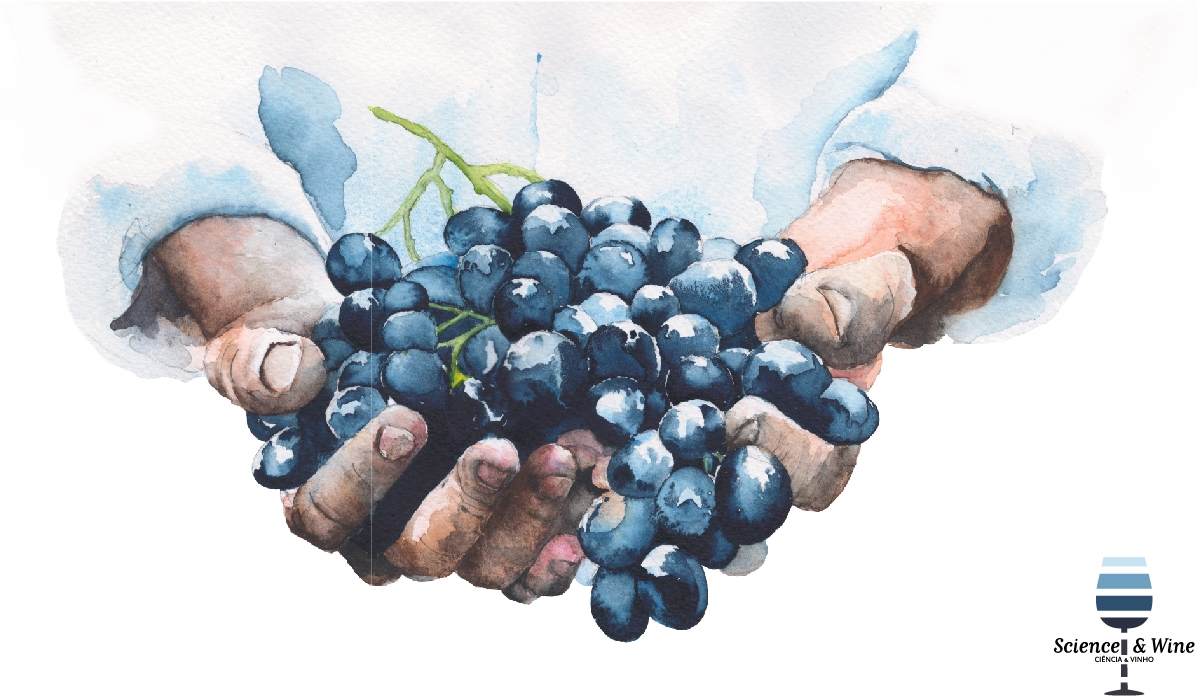
Norisoprenoids and aroma precursors in early-harvested grapes
Climate change can influence winemakers to anticipate the harvest to limit alcohol content in wine and to provide satisfactory concentration of secondary metabolites in the grapes. This post describes a study carried out to understand the link between grape ripening, seasonal trend and wine aroma. Aromatic profile of Barbera and Pinot Noir wines, produced with early harvested grapes was assessed. Considering that norisoprenoids are important contributors to wine aroma, attention was focused on these compounds during both alcoholic fermentation and after three months of storage. At the end of fermentation, the highest β-damascenone content was detected in wines obtained from less ripe grapes, the content subsequently increased significantly after three months of storage; however, the levels of β-ionone decreased significantly during the same period. The reduction of wine alcohol as a result of harvesting earlier, especially for Barbera, was associated with optimal aromatic levels as well as good technological parameters.
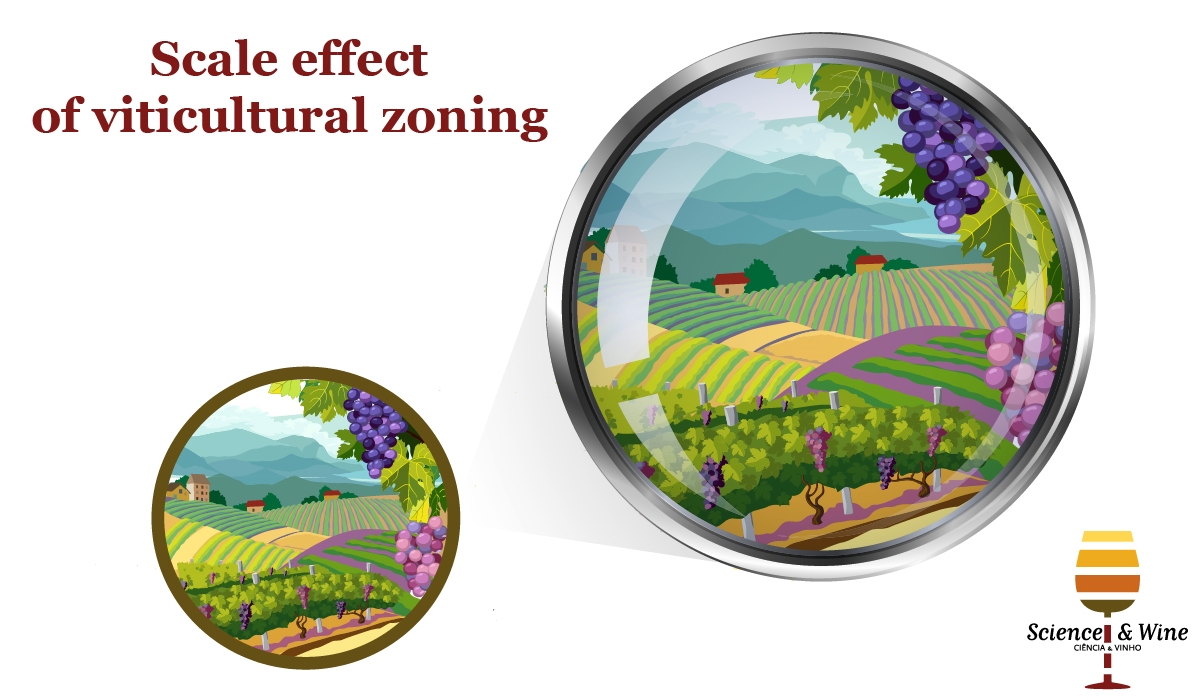
Scale effect of viticultural zoning: effect of macro-terroir and basic terroir unit in Chianti Classico D.O.C.G. (Italy)
Terroir is a concept used to explain the specific combination and interaction of natural and human factors that affect distinctive wine characteristics. Soil and geology effects are sometimes considered considered less important than either climate or the human component. This post briefly describes a study carried out on one of the largest farms of the “Chianti Classico” wine district (Tuscany, Italy), focused on the effect of terroir on wine characteristics using two different zoning scales.
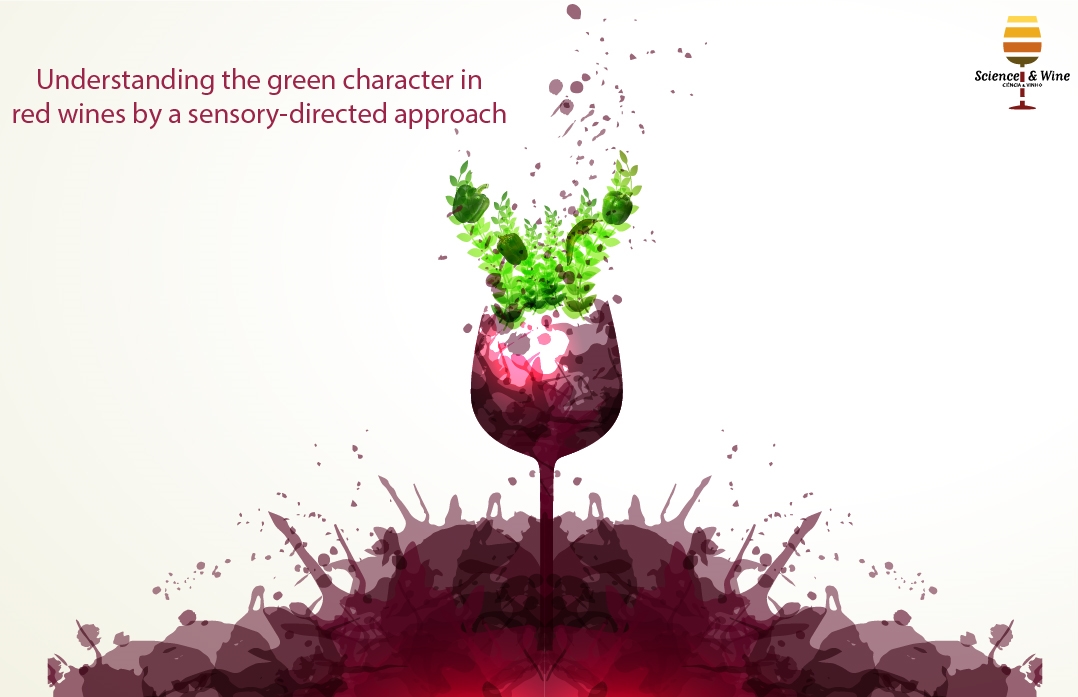
Understanding the green character in red wines by a sensory-directed approach
This post results from a study done with the aim of define the “green character” of red wines and characterise the groups of molecules potentially involved in that perception. Wines were screened by wine experts for different levels of green character. Phenolic fractions were obtained by liquid chromatography (LC) and further submitted to sensory and chemical characterisation. The volatile fraction was screened by semipreparative LC, gas chromatography-olfactometry (GC-O) and quantitative analysis. The green character was associated to vegetal aroma, astringency, green and dry tannins. No specific aroma compounds were identified in the GC-O evaluation of green wines, however the wines contained higher levels of fusel alcohols. The interaction between isoamyl alcohol and the anthocyanin-derivative fraction and/or tannins is suggested to be involved in the formation of green character in red wines.

